Bankruptcy is a legal status that can be imposed on an individual who is unable to repay their debts. It is a process that provides relief to insolvent debtors by allowing them to seek protection from their creditors and potentially have their debts discharged. There are two ways in which a person can become bankrupt:
- Involuntary Bankruptcy commonly known as Creditors Petition: This occurs when a creditor applies to the court for a sequestration order, which results in the debtor being declared bankrupt against their will. The creditor has the right to force bankruptcy upon the debtor if a debt of at least $10,000 remains unpaid.
- Voluntary Bankruptcy also known as Debtors Petition: The debtor can choose to voluntarily go bankrupt by presenting a debtor’s petition to the Official Receiver. If there is no pending application by a creditor to bankrupt the debtor, the petition is accepted, and the person becomes bankrupt. This allows insolvent debtors to seek the protection offered by bankruptcy without the involvement of their creditors or the court. Similar to creditors petition, a threshold debt of $10,000 also applies to debtor petition.
Bankruptcy is not meant to be a permanent status. It is typically imposed for a defined period of time, during which the bankrupt individual must fulfill certain obligations and adhere to various restrictions. In Australia, the standard period of bankruptcy is currently three years. However, there have been discussions about reducing this period to one year to lessen the social and business stigma associated with bankruptcy. A proposed legislation called the Bankruptcy Amendment (Enterprise Incentives) Bill 2017 aims to implement this change.
There are several consequences by becoming bankrupt as outlined below:
- A trustee will manage your bankruptcy.
- You may be required to make income contributions to your trustee if your income is over a certain threshold amount. The threshold amount increases if you have dependents.
- You cannot be a director of a company.
- Whilst most of your unsecured debts are dealt with in bankruptcy, there are certain debts that you will still need to pay such as fines and debts incurred post-bankruptcy.
- You will need to obtain approval from your trustee for travel overseas.
- Your name will appear in the National Personal Insolvency Index for life which is a public register.
- It will affect your ability to obtain credit and if the amount is over a certain threshold, you will need to inform the credit provider that you are an undischarged bankrupt.
- Your trustee may sell certain assets for the benefit of creditors in the bankrupt estate. Such assets may include your share of equity in real property and any other assets if their value is above a certain threshold amount.
Bankruptcy is not necessarily a last resort. As stated above it is a legal status that can be imposed on a person who is unable to repay their debts. While bankruptcy is often seen as a significant step to address insolvency, it is not the only option available. There may be other debt management strategies or negotiations that individuals can explore before considering bankruptcy. It is important to consult with a qualified insolvency professional to determine the best course of action based on individual circumstances.








